Home>Garden Essentials>Garden Storage>How Much Is The Average Person Wardrobe Worth
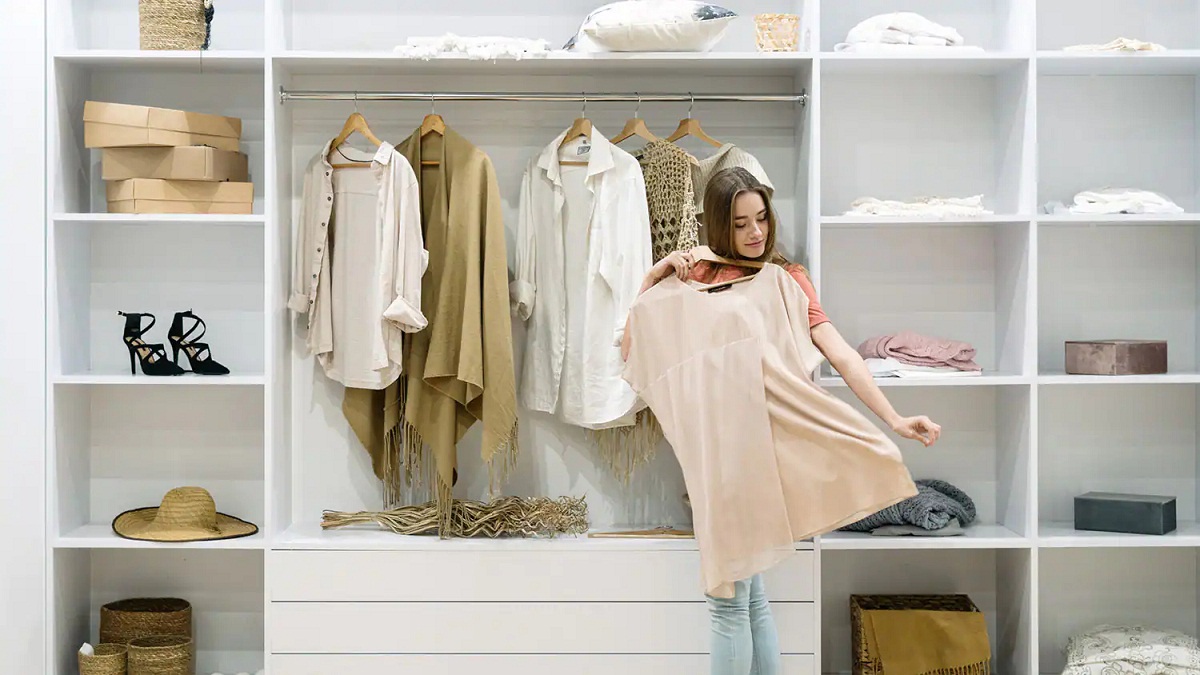

Garden Storage
How Much Is The Average Person Wardrobe Worth
Modified: December 7, 2023
Discover the true value of an average person's wardrobe and how much it can add to your storage. Find out the worth of your closet and uncover innovative storage solutions.
(Many of the links in this article redirect to a specific reviewed product. Your purchase of these products through affiliate links helps to generate commission for Storables.com, at no extra cost. Learn more)
Introduction
Welcome to the world of fashion, where trends come and go, but our love for clothing remains constant. Whether it’s a stylish dress for a special occasion, a cozy sweater for the winter months, or a classic pair of jeans that never goes out of style, our wardrobes are a reflection of our personal style and expression.
But have you ever wondered how much all those clothing items in your wardrobe are worth? It’s an interesting question that can give us insight into the value we place on our fashion choices and the investment we make in our personal style.
In this article, we will explore the factors that impact the value of a person’s wardrobe, from the cost of individual clothing items to the overall worth of their collection. We will also delve into the regional and demographic variations in wardrobe value, as well as provide tips on how to maintain the value of your clothing over time.
So, if you’re curious to learn more about the worth of the average person’s wardrobe, grab a cup of coffee and let’s dive in!
Key Takeaways:
- Assessing the value of a wardrobe involves considering factors like brand, material, condition, and trends. It’s not just about price tags; personal style and fashion savviness also play a significant role.
- To maintain wardrobe value, proper storage, following care instructions, and investing in quality pieces are essential. Embrace the journey of curating your unique style and let your wardrobe reflect your authentic self.
Read more: How Much Is A Used Recliner Worth
Factors Affecting Wardrobe Value
When it comes to assessing the value of a person’s wardrobe, several factors come into play. These factors can vary depending on individual preferences, personal style, and purchasing habits. Here are some key factors that can have an impact on the value of a wardrobe:
- Brand or Designer: The brand or designer of a clothing item can significantly influence its value. High-end brands and designers often come with a higher price tag, reflecting the quality and prestige associated with their names.
- Material and Quality: The type of material used and the overall quality of construction can also affect the value of clothing items. Garments made from luxurious fabrics, like silk or cashmere, or those with intricate detailing and craftsmanship are likely to have a higher value compared to items made from cheaper materials.
- Rarity and Exclusivity: Limited edition or exclusive pieces tend to have a higher value because of their scarcity. Items that are difficult to find or are part of a limited production run can become collectors’ items and command higher prices.
- Condition: The condition of the clothing items plays a crucial role in determining their value. Well-maintained pieces in excellent condition, free from stains, tears, or excessive wear, will generally have a higher value compared to items that show signs of wear and tear.
- Trends and Fashion Relevance: Fashion trends can greatly impact the value of clothing items. Items that are currently in style or align with the latest fashion trends may have a higher value due to their demand. On the other hand, outdated or out-of-style pieces may have a lower value.
- Seasonality: The season during which the clothing item is designed to be worn can also affect its value. Seasonal items like winter coats or swimwear may have a higher value when in-season, while items out of season may be sold at a discount.
- Retail Price: The original retail price of a clothing item can give an indication of its value. Higher-priced items generally retain more of their value over time compared to items that were originally purchased at a lower price point.
These are just a few of the many factors that can influence the value of a person’s wardrobe. It’s important to note that while some individuals may prioritize brand names and designer labels, others may value uniqueness, comfort, or ethical considerations when adding items to their wardrobe.
Now that we have explored the factors that can affect wardrobe value, let’s move on to how we can assess the value of individual clothing items.
Assessing the Value of Clothing Items
So, how do we determine the value of our individual clothing items? While it may seem subjective, there are some key factors to consider when assessing the value of your clothing collection:
- Research and Comparison: Start by conducting research on similar clothing items to get an idea of their current market value. Online platforms, second-hand stores, and fashion resale websites can provide valuable insights into the prices of comparable items.
- Condition and Wear: Evaluate the condition of the clothing item. Is it gently worn, like-new, or showing signs of wear and tear? Assessing the condition can help determine its value. Keep in mind that even well-maintained items may lose some value over time.
- Rarity and Demand: Consider the rarity of the item and its demand in the market. Limited edition collaborations or items from sought-after collections may hold higher value due to their exclusivity and desirability.
- Brand and Designer: Brand reputation and designer labels can significantly impact the value of a clothing item. High-end brands or renowned designers often command higher prices due to their craftsmanship, quality, and prestige.
- Original Price and Current Comparable Market Value: Consider the original price of the item and compare it to its current market value. While the original price is not the sole determining factor, it can provide a baseline for understanding the item’s value in relation to its initial cost.
- Trend Relevance: Determine whether the clothing item aligns with current fashion trends or has timeless appeal. Trendy items may have higher value in the short term, while classic and versatile pieces tend to hold their value over a longer period.
- Selling Platform: The platform you choose to sell your clothing items can impact their perceived value. Selling on high-end consignment stores or specialized fashion resale platforms may command higher prices compared to general online marketplaces.
By considering these factors and conducting thorough research, you can assess the value of your clothing items more accurately. It’s important to keep track of any certificates of authenticity, original packaging, or receipts, as these can further validate the authenticity and value of the item.
Now that you know how to assess the value of individual clothing items, let’s move on to calculating the average person’s wardrobe worth.
Calculating the Average Person’s Wardrobe Worth
Estimating the overall worth of the average person’s wardrobe can be a challenging task, as everyone’s fashion choices and shopping habits vary. However, we can still provide a general framework for calculating the approximate value of a wardrobe based on some common wardrobe items and their average prices.
Here are the steps to calculating the average person’s wardrobe worth:
- Categorize the wardrobe: Start by categorizing your wardrobe into different types of clothing items, such as tops, bottoms, dresses, outerwear, shoes, and accessories. This helps in organizing the calculation process.
- Estimate the number of items: Determine how many items you have in each category. This can be an estimate as it may not be feasible to count every single item in your wardrobe.
- Research average prices: Research the average prices for each category of clothing items. You can do this by looking at online retailers, department stores, or even thrift stores to get an idea of the price range.
- Calculate the value per category: Multiply the number of items in each category by the average price to get the total value for that category. For example, if you have 10 tops and the average price is $30, the total value for tops would be $300.
- Sum up the values: Add up the total value for each category to get the overall worth of your wardrobe. This will give you an approximate figure of the value of your wardrobe.
Keep in mind that this calculation method is not an exact science, as fashion prices can vary widely depending on factors like brand, quality, and location. Additionally, certain items, such as luxury designer pieces or rare collector’s items, can significantly impact the overall worth of a wardrobe. Adjust the average prices accordingly if you have items that fall into these categories.
It’s also worth noting that the value of a wardrobe can fluctuate over time due to factors like wear and tear, changes in fashion trends, and personal style preferences. Regularly reassessing your wardrobe’s value can help you stay informed about the overall worth of your fashion collection.
Now that we have an idea of how to calculate the average person’s wardrobe worth, let’s explore how regional and demographic variations can impact wardrobe values.
When calculating the value of your wardrobe, be sure to include the cost of clothing, shoes, and accessories. Consider the quality and condition of each item to get an accurate estimate.
Regional and Demographic Variations in Wardrobe Value
The value of a person’s wardrobe can vary significantly based on regional factors and demographics. Let’s explore some of the key variations in wardrobe value:
- Geographic Location: The cost of living and average income in a particular geographical region can impact the value of a person’s wardrobe. For example, individuals living in major cities or affluent areas may have higher-value wardrobes compared to those in less economically prosperous regions.
- Cultural Influences: Cultural factors play a significant role in determining wardrobe value. Different cultures have varying preferences for clothing styles, fabrics, and brands. Wardrobes in regions with a strong fashion culture or where luxury brands are highly valued may have higher overall worth.
- Income Level: The income level of an individual or household can greatly influence wardrobe value. Higher-income individuals may be more inclined to invest in designer pieces or high-end brands, resulting in a higher-value wardrobe compared to those with lower incomes.
- Lifestyle and Professional Requirements: The lifestyle and professional requirements of individuals can impact the value of their wardrobes. For example, someone who works in a corporate environment may have a larger investment in tailored suits and formal attire, while someone with a more casual job may prioritize comfortable and casual clothing.
- Age and Generation: Different age groups and generations have distinct fashion preferences and shopping habits. Younger individuals or fashion-forward generations may have wardrobes with higher-value trendy pieces, while older generations may have more classic and timeless items.
- Personal Style and Fashion Savviness: Some individuals have a keen eye for fashion and are skilled at finding high-quality items at lower prices. These individuals may have wardrobes that surpass their financial means in terms of value due to their ability to find bargains and unique pieces.
It’s important to note that these variations in wardrobe value are general observations and may not apply to every individual. Personal style, fashion preferences, and individual financial situations also play a significant role in determining the overall worth of a person’s wardrobe.
No matter the regional or demographic factors, everyone’s wardrobe has value in terms of personal expression, confidence, and individual style.
Now that we have explored the regional and demographic variations in wardrobe value, let’s dive into some tips for maintaining the value of your clothing over time.
Read more: How Much Is A Handmade Quilt Worth
Tips for Maintaining Wardrobe Value
To ensure that your wardrobe retains its value and remains in excellent condition, here are some helpful tips to follow:
- Proper Storage: Store your clothing items in a cool, dry, and well-ventilated area to prevent damage from moisture, insects, and excessive heat. Use appropriate storage solutions, such as garment bags, hangers, and organizers, to keep your items organized and protected.
- Follow Care Instructions: Always read and follow the care instructions provided on clothing labels. Proper care, such as washing items in the correct temperature, using gentle detergents, and avoiding harsh chemicals, can help preserve the quality and longevity of your clothes.
- Rotate Your Items: Avoid excessive wear and tear on specific items by rotating them regularly. By giving your clothes a break and wearing different pieces, you can extend their lifespan and maintain their value.
- Address Stains and Minor Repairs Promptly: Treat stains and minor damages as soon as they occur. Prompt action can often prevent permanent damage and save your clothing items from devaluation.
- Invest in Quality Pieces: Purchase high-quality, well-made clothing items that are built to last. While they may have a higher upfront cost, investing in quality pieces pays off in terms of durability and long-term value.
- Consider Alterations and Tailoring: If a clothing item doesn’t fit perfectly, consider getting it altered or tailored. Proper fit can enhance both the appearance and value of a garment.
- Resale or Rent Options: If you no longer need or wear certain items, consider selling them on reputable resale platforms or renting them out. This can help recoup some of the value and give your clothing a new life with someone else.
- Timeless Style: Incorporate timeless and versatile pieces into your wardrobe. These items have staying power and can be worn across seasons and trends, helping to maintain their value over time.
- Regularly Assess and Declutter: Periodically review your wardrobe and declutter items that no longer serve you. This not only helps keep your wardrobe organized but also allows you to sell or donate items that may still hold value for others.
By following these tips, you can ensure that your wardrobe maintains its value and remains a source of joy and self-expression for years to come.
As we conclude our exploration of maintaining wardrobe value, remember that the true value of your clothing goes beyond monetary worth. It reflects your personal style, creativity, and the memories associated with each piece.
Now that you’re armed with valuable knowledge about wardrobe value, it’s time to embrace your unique fashion journey and make the most of your stylish collection!
Conclusion
Our wardrobes are not just a collection of clothing items; they represent our personal style, self-expression, and the value we place on fashion. Assessing the worth of the average person’s wardrobe involves considering factors such as brand, material, condition, and trends. By estimating the value of individual clothing items and summing them up, we can approximate the overall worth of a wardrobe.
However, it’s important to remember that wardrobe value is not solely determined by price tags and market trends. Regional and demographic variations, as well as personal style preferences and fashion savviness, play significant roles in shaping the value of a wardrobe. The cultural influences, income levels, and lifestyles of individuals also come into play when calculating wardrobe worth.
To preserve the value of your wardrobe, proper storage, following care instructions, addressing stains promptly, and investing in quality pieces are essential. By considering alterations, exploring resale or rental options, and incorporating timeless styles, you can extend the lifespan and value of your clothing items.
While it can be intriguing to assess the monetary value of our wardrobes, let’s not forget that clothing holds a deeper meaning. Our wardrobes reflect our personalities, boost our confidence, and allow us to express our individuality. The true value of a wardrobe goes beyond dollars and cents—it lies in the joy, creativity, and self-expression it brings to our lives.
So, whether your wardrobe is worth thousands or more modest in value, embrace the journey of curating your own unique style. Dress with confidence, wear what makes you feel good, and let your wardrobe be a reflection of your authentic self!
Frequently Asked Questions about How Much Is The Average Person Wardrobe Worth
Was this page helpful?
At Storables.com, we guarantee accurate and reliable information. Our content, validated by Expert Board Contributors, is crafted following stringent Editorial Policies. We're committed to providing you with well-researched, expert-backed insights for all your informational needs.

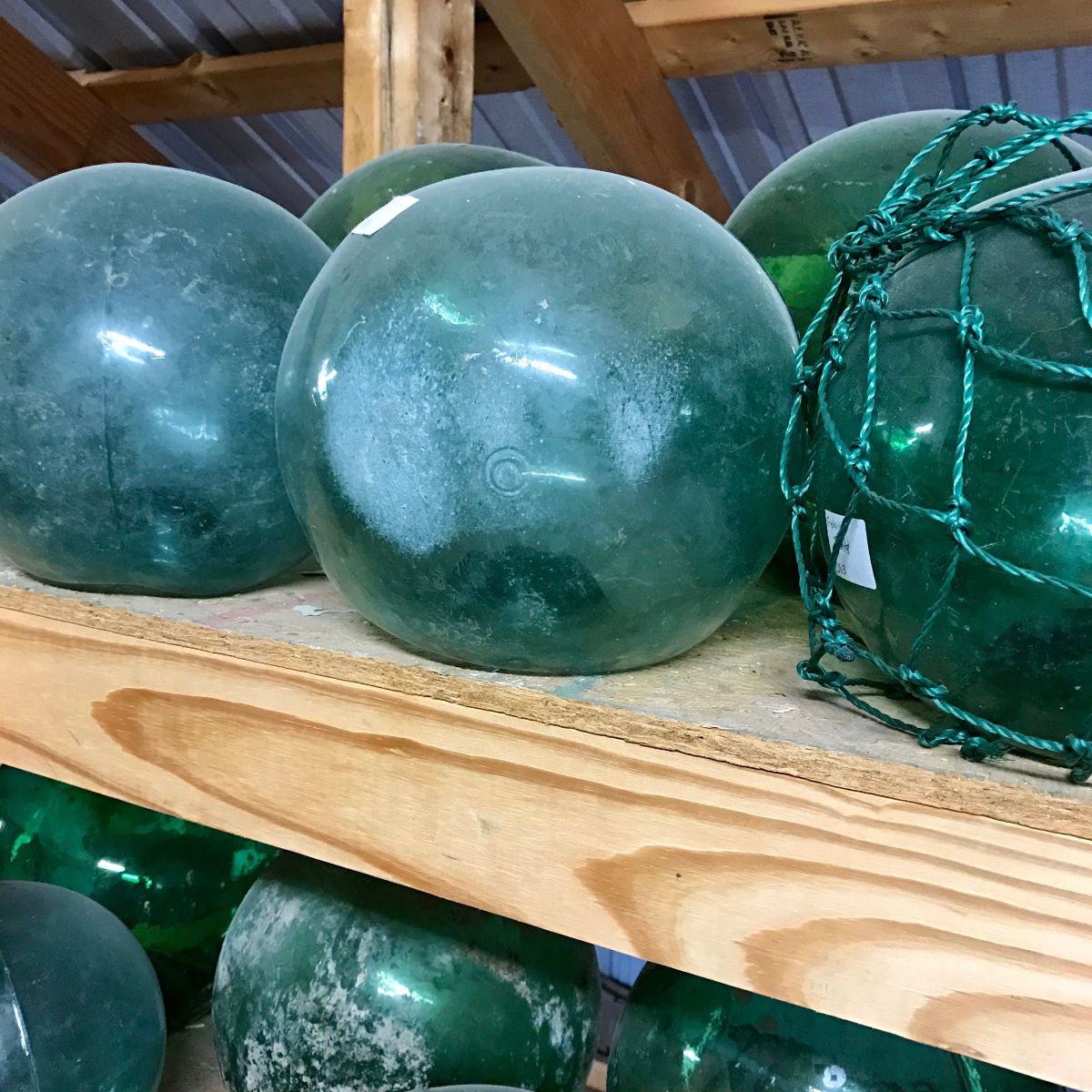
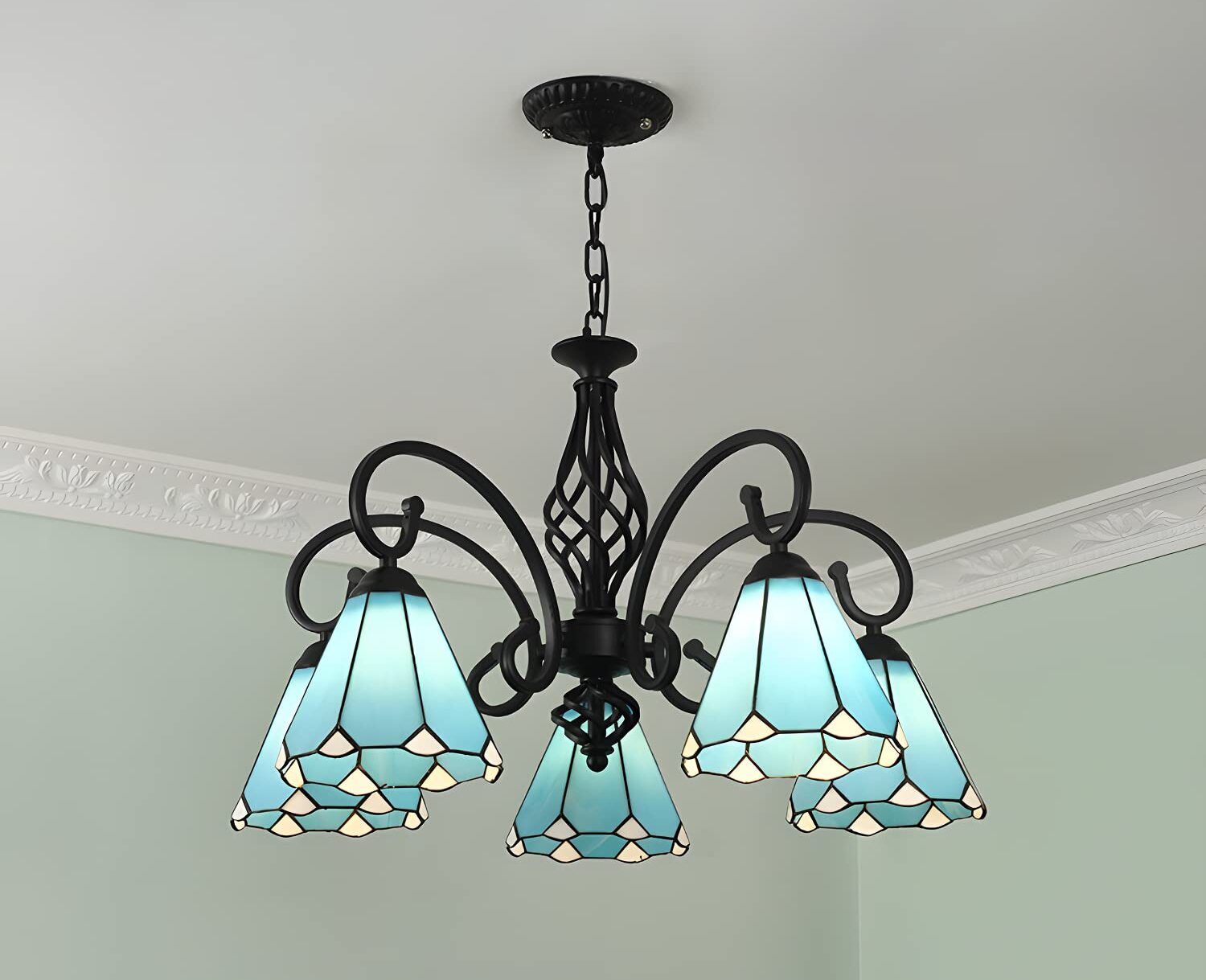
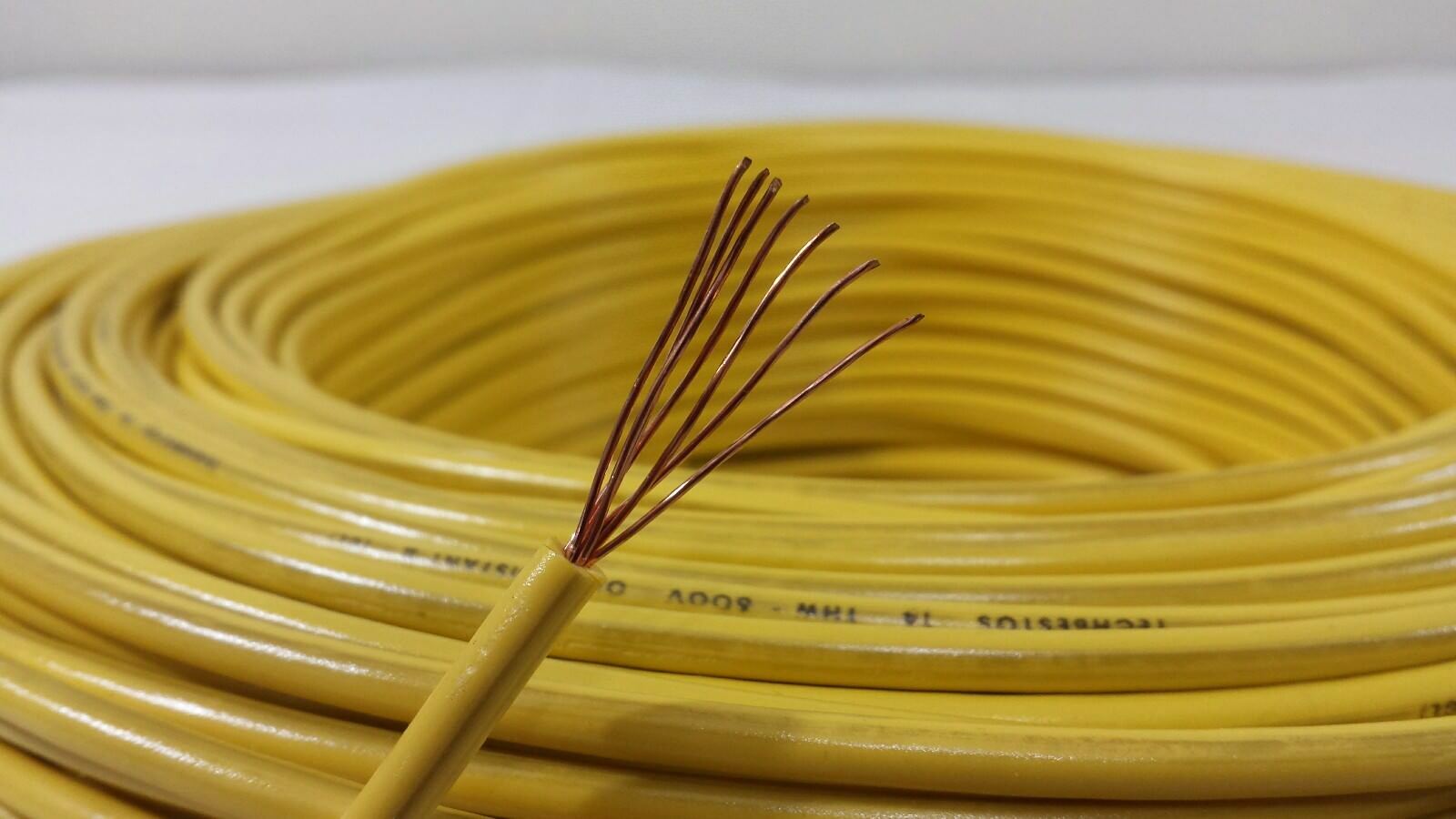
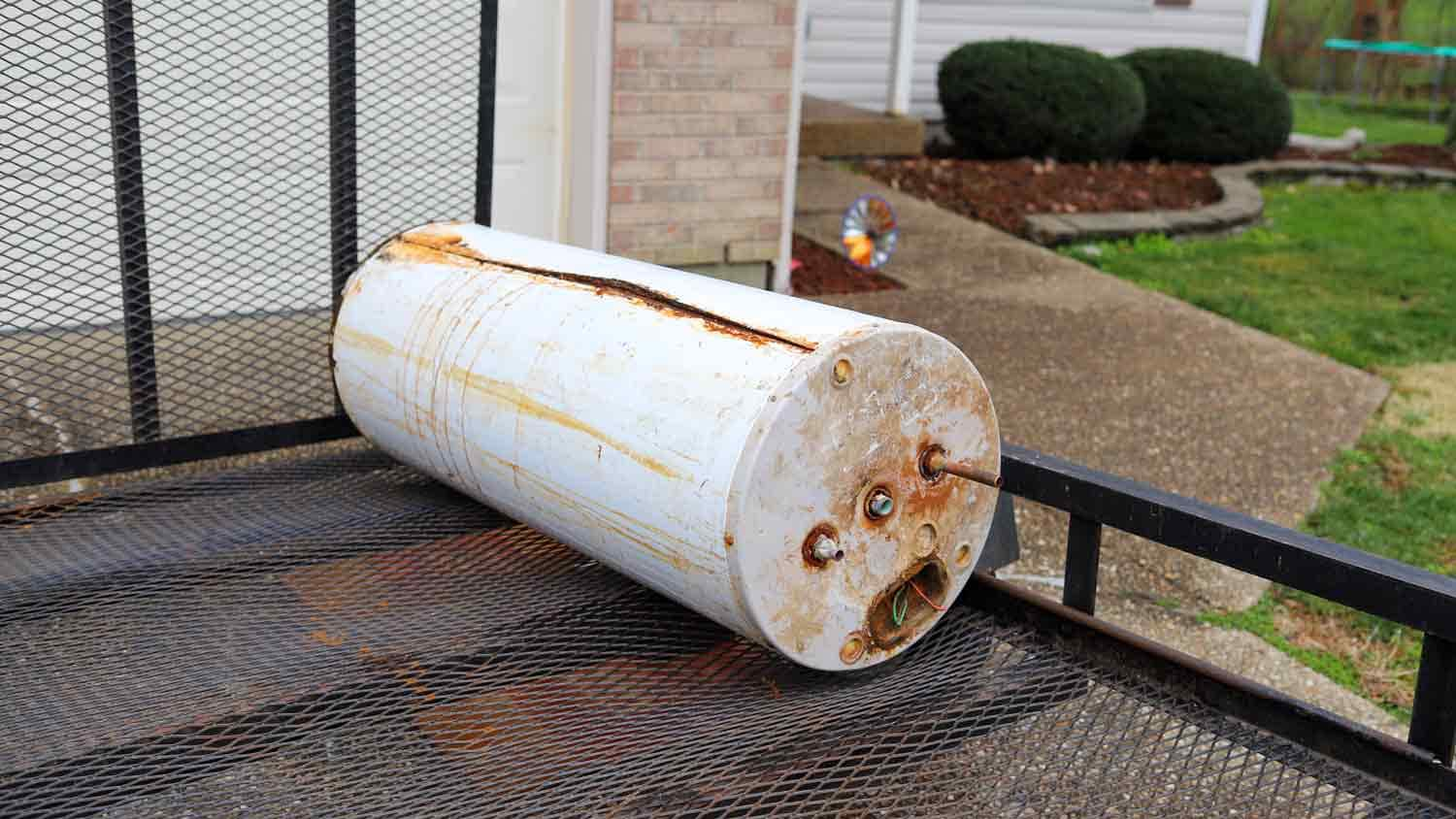
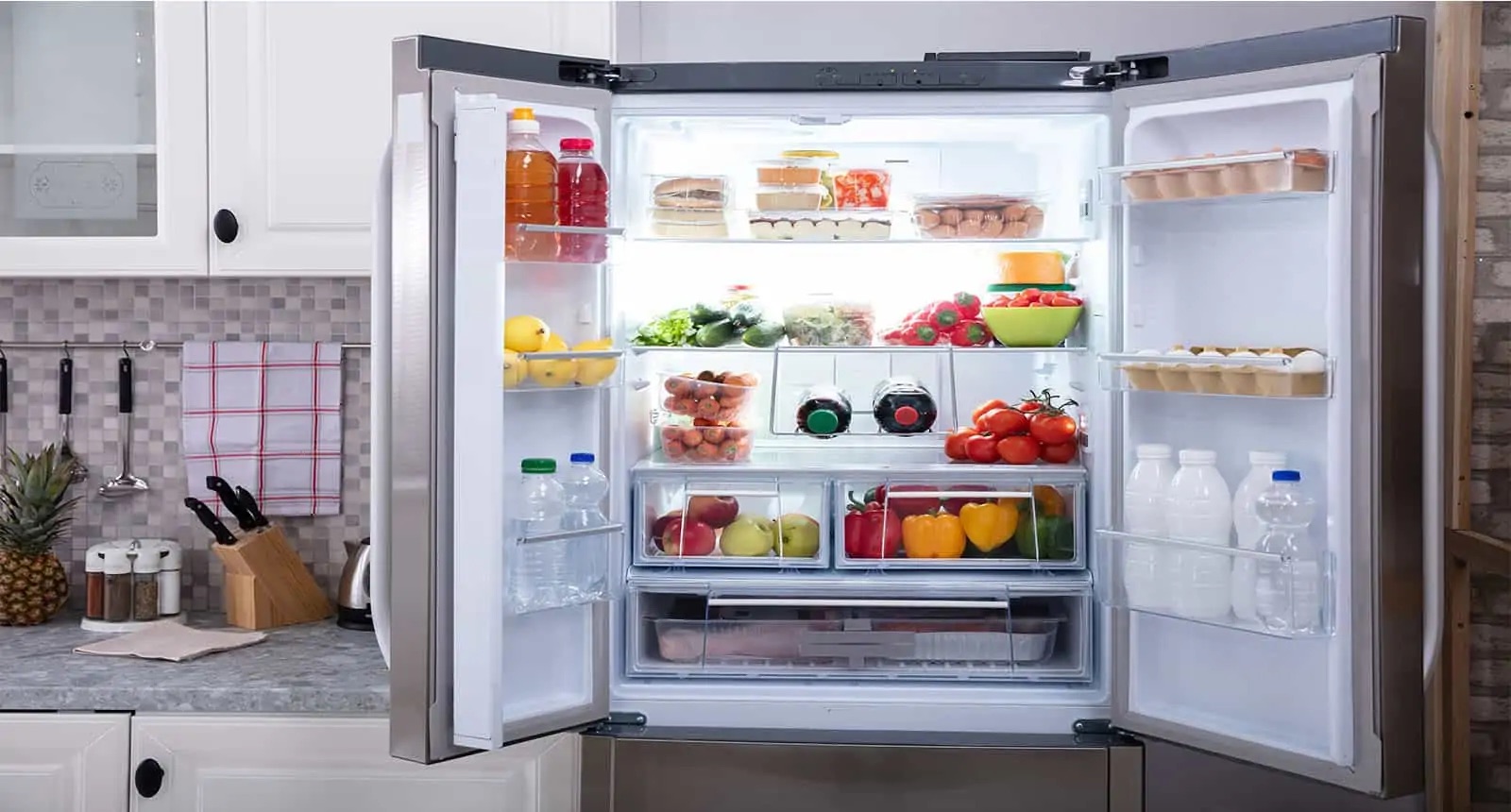
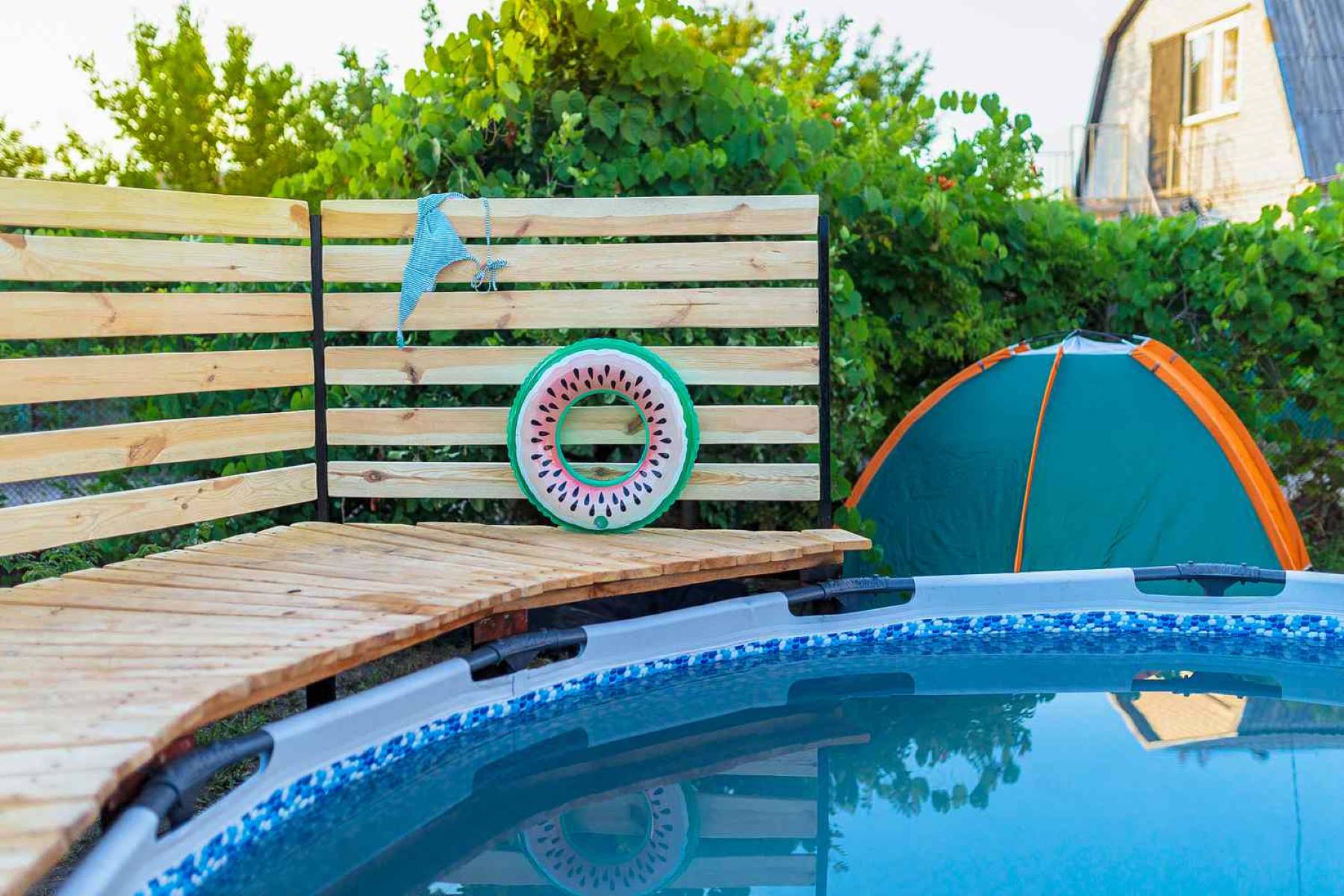
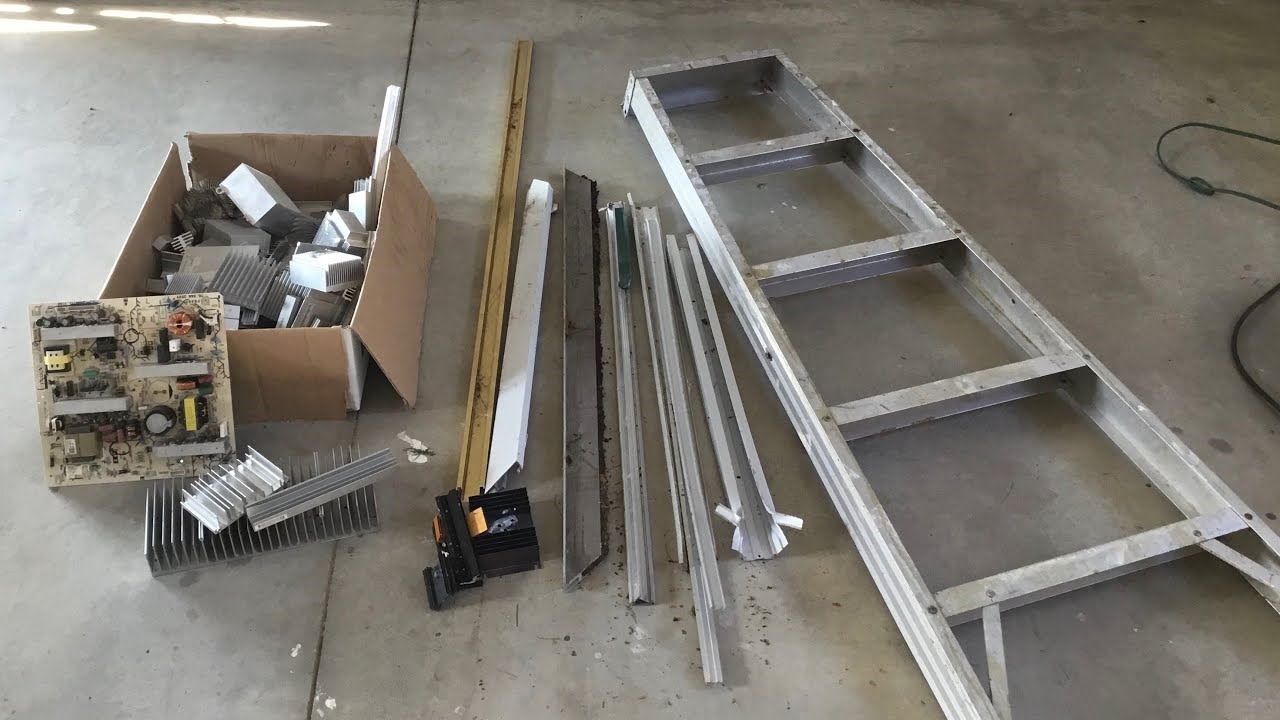
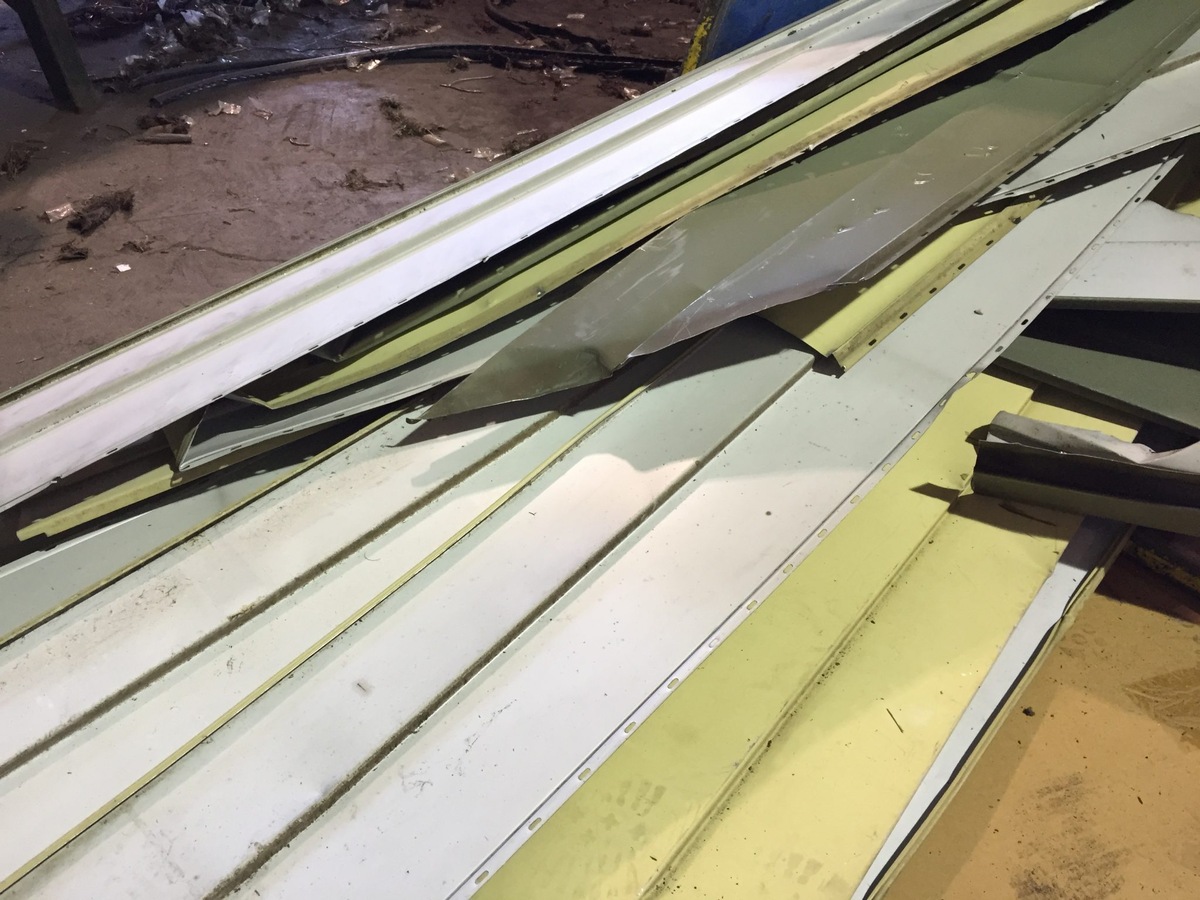
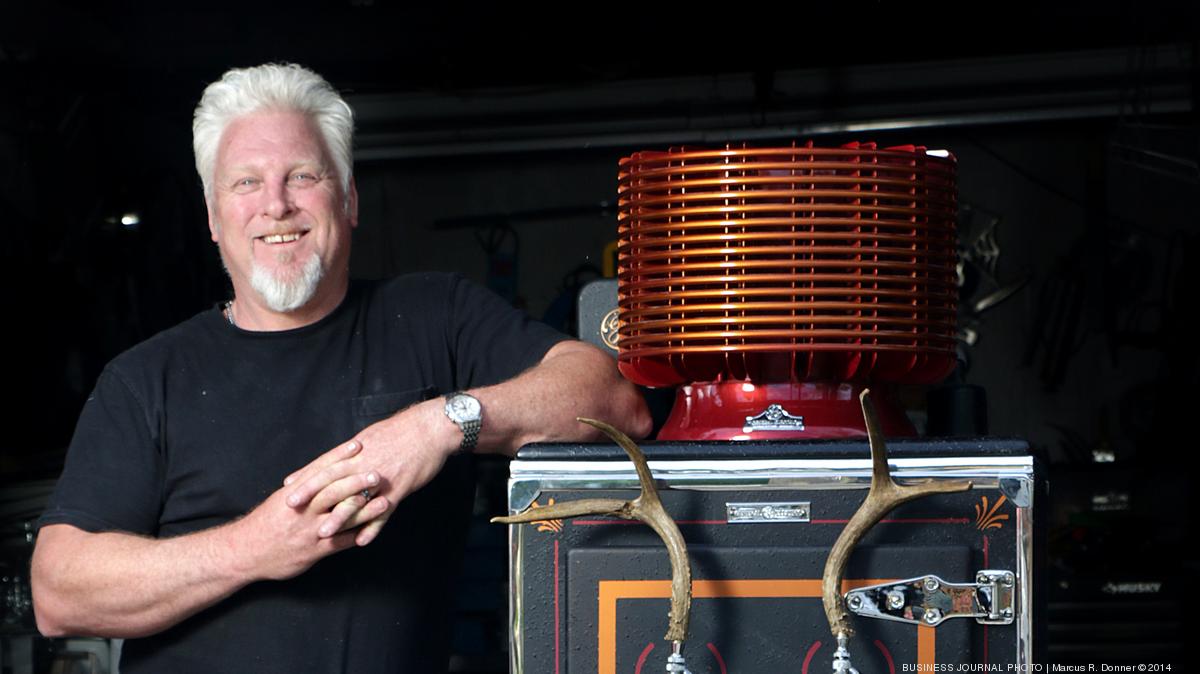
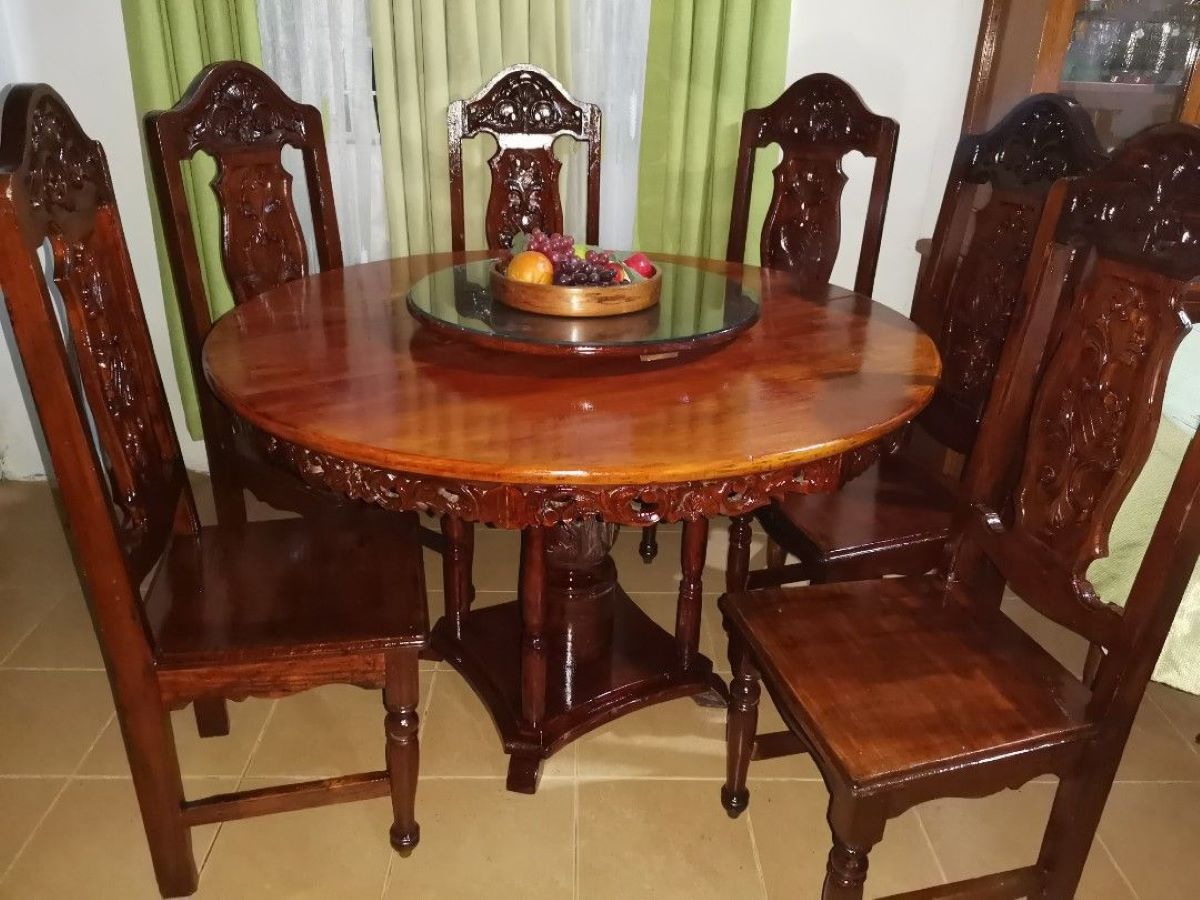

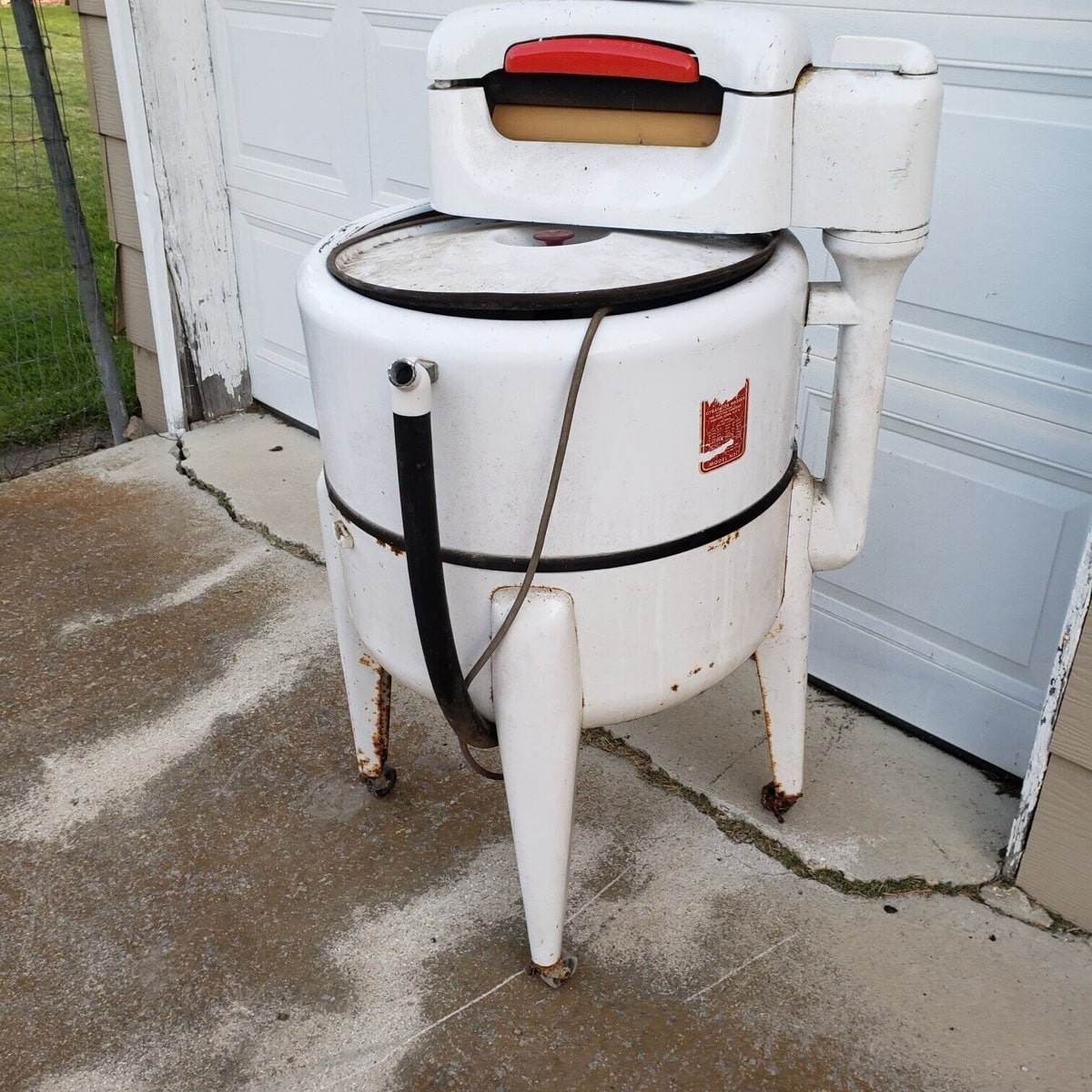
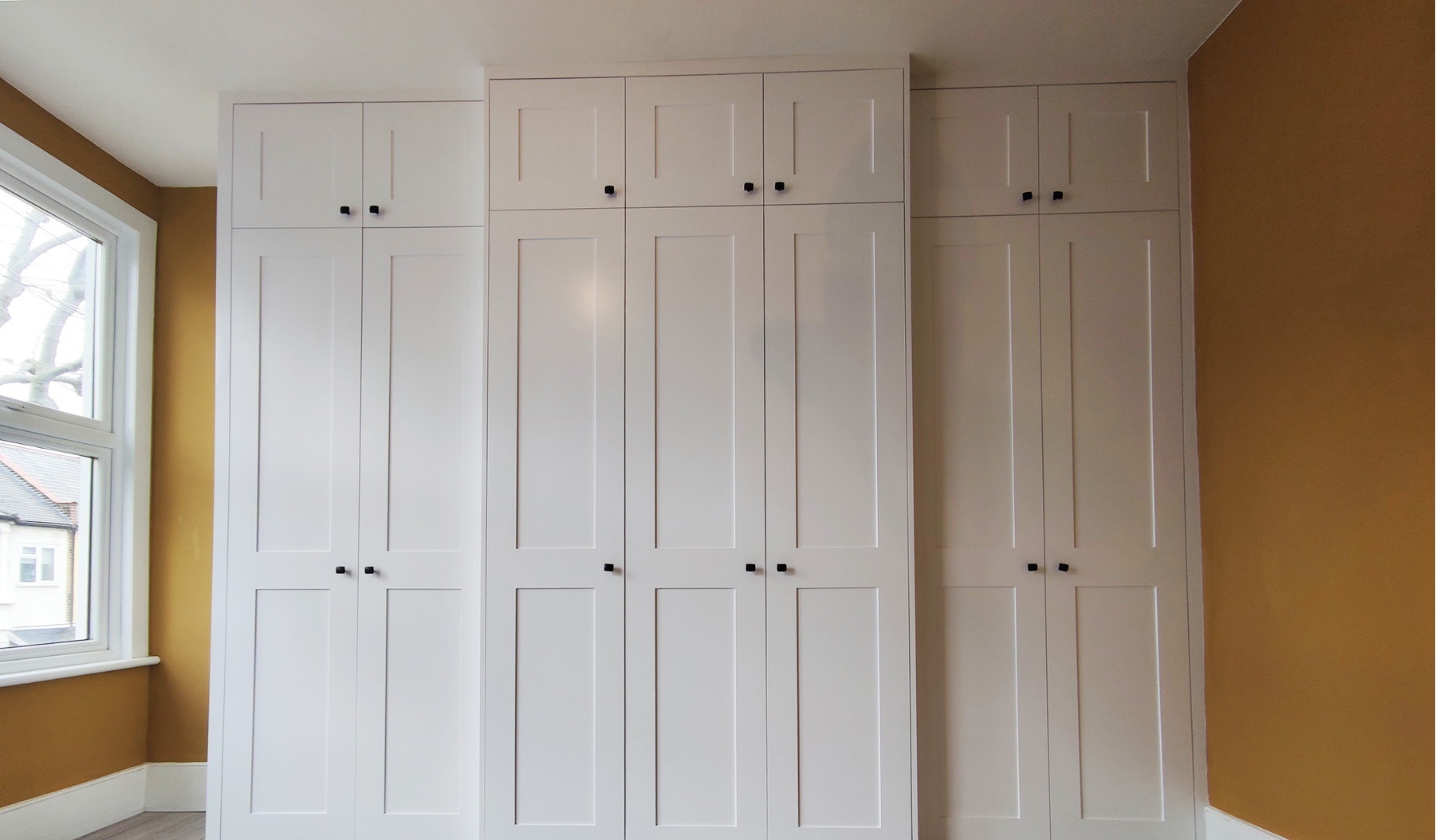

0 thoughts on “How Much Is The Average Person Wardrobe Worth”